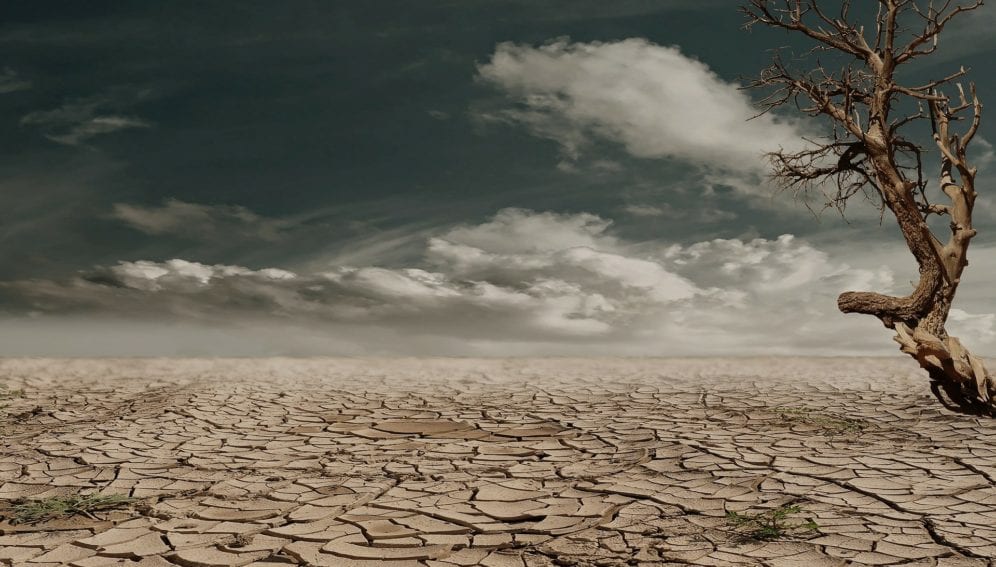By: Laura Owings
Send to a friend
The details you provide on this page will not be used to send unsolicited email, and will not be sold to a 3rd party. See privacy policy.
[CAPE TOWN] Injecting aerosols into the upper atmosphere to dim the sun could cut the risk of drought by about 90 per cent, a study has found.
The approach is a form of solar radiation management (SRM), but its global implications mean it should be considered an extreme option, researchers say.
In a study published in Environmental Research Letters last month (18 November), researchers assessed the impact of future solar radiation intervention on the risk of ‘Day Zero’ level drought occurring again in Cape Town.
‘Day Zero’ is an iconic term representing the day when Cape Town’s water supply system would fail. It came about in response to a multi-year drought occurring between 2015 and 2017, causing the region’s most severe water shortage in more than a century.
“In doing so, greenhouse gases receive less solar energy and then induce less warming.”
Romaric Odoulami, University of Cape Town
The study used model simulations of a world in which sulphur dioxide aerosols are injected into the upper atmosphere called stratosphere to keep the earth’s surface temperature at current levels. Comparing this simulated world with another world that had no injections, the results showed a reduced ‘Day Zero’ drought risk of up to 90 per cent by the end of the century.
“SRM tends to offset the negative influence of high emissions on the climate and helps keep Cape Town’s patterns closer to what is observed in today’s context,” says lead author Romaric Odoulami, a postdoctoral research fellow at the University of Cape Town’s African Climate and Development Initiative.
According to Odoulami, solar radiation management is based on mimicking volcanic eruptions, which can eject tonnes of particles and gas into the earth’s stratosphere. The particles have the potential to reflect sunlight away from the earth’s surface.
“In doing so, greenhouse gases receive less solar energy and then induce less warming,” he explains. This may reduce the level of warming around the earth’s surface, and decrease the potential for warming’s effects such as drought.
Odoulami adds that this is a global intervention which may impact other parts of the world differently. For example, work published by Odoulami and colleagues in January 2020 showed that rainfall patterns in parts of West and Southern Africa would not benefit from SRM.
But Odoulami highlights that for now, the research is theoretical.
Bob Scholes, a professor of systems ecology at the Global Change Institute at the University of the Witwatersrand in Johannesburg, South Africa, tells SciDev.Net that this regional variability highlights questions of equity around SRM’s use.
“You can adjust the global thermostat with SRM but you do that with uneven consequences around the world. That puts the person with their finger on the thermostat in a position of enormous power,” says Scholes, who was not involved in the study.
Scholes also raises concern that the documented downsides to solar radiation management such as the ocean becoming acidic are not specifically mentioned in the study.
“That presents SRM as a solution and distracts us from mitigating efforts we know we must do, like decarbonise the economy,” he says.
Human activities contributed to a global land and ocean surface temperature increase of about one degree Celsius in 2019, according to the US-based National Oceanic and Atmospheric Administration, making it the second-warmest year on record.
Odoulami says that as global warming trends continue, reducing emissions is the most effective way to reduce the impact, adding that the study prepares researchers and policymakers, particularly those from the developing world, for a future where other measures for addressing climate change are needed.
“Developing countries stand to gain or lose the most from SRM as they are the most vulnerable to climate impacts,” he says.
“We want to ensure the developing world is effectively contributing to this research and that decision-makers in Africa and the global South understand SRM and how it will affect our climate.”
This piece was produced by SciDev.Net’s Sub-Saharan Africa English desk.
References
Romaric C Odoulami and others Stratospheric Aerosol Geoengineering could lower future risk of ‘Day Zero’ level droughts in Cape Town (Environmental Research Letters, 18 November 2020)














